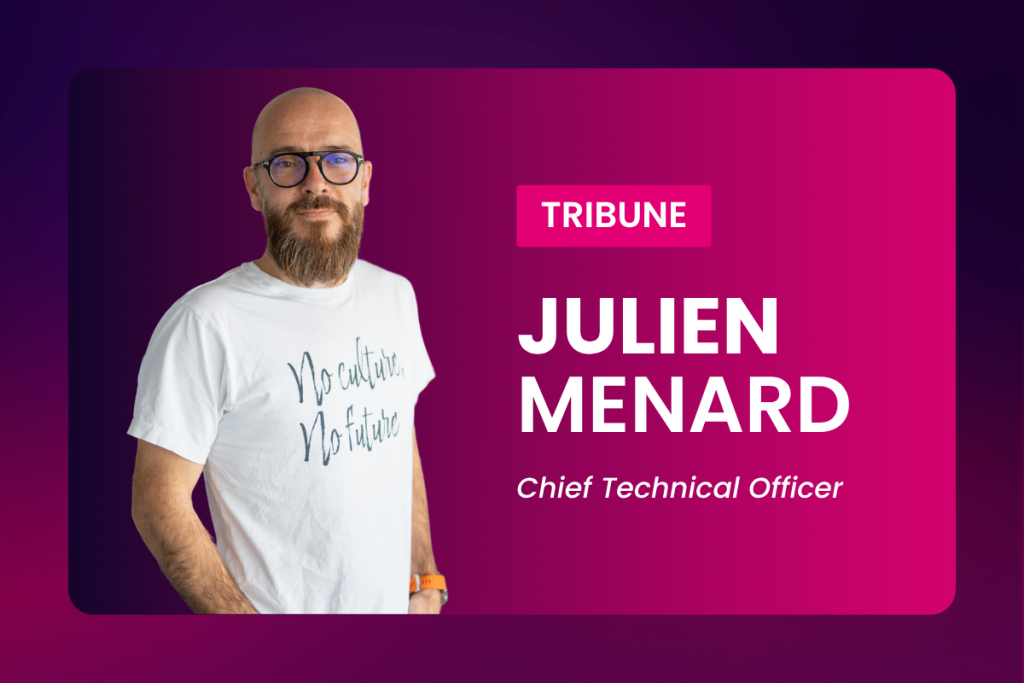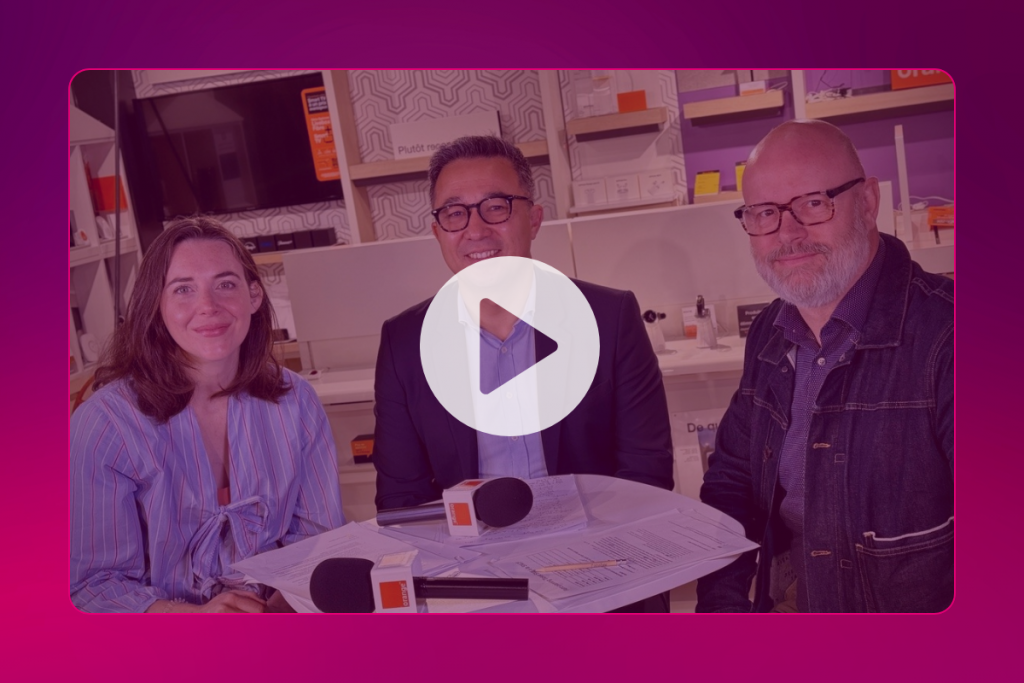1. Financial inclusion through online payments in underbanked regions
Different regions in the world have uneven access to credit cards and bank accounts. Regions such as Sub-Saharan Africa or certain countries in Latin America have historically been on a lower rate of banking penetration. This has resulted in a financial inclusion gap in the digital world, with the population of these regions unable to access digital goods and services due to the lack of payment options.
Considering that only 24% of adults in the world own a credit card and only 3% in low-income countries own a one (1), offering credit card only payment method leaves behind a large number of the global population. On the other hand, over 83% of the global population owns a smartphone (6.6 billion smartphone users) and by 2025, it is projected that this number will grow up to 7.3 billion (2). These numbers lead to a single conclusion, alternative mobile payment methods are the way to go, with Mobile Money and Carrier Billing as two of the easiest and most secure options to pay without needing a credit card.
By connecting Merchants and Carriers while enabling alternative payment methods to purchase digital goods and services, Digital Virgo’s customized payment platform has provided 25 million Africans with access to digital content and services in 2022.
2. Adapting to local specificities
Each region, country or market has its own specificities and users should be able to pay with the option that best suits their needs or the one that is more convenient for their situation. Localization of payment methods is key to achieve financial inclusion.
In Africa, for example, Mobile Money is becoming a key part of the digital economy. There are 346 million active Mobile Money accounts worldwide (+14% year-on-year growth – 2021) and over 50% of them are in Africa (184 million) (3). More than $700 billion were transacted with this payment method in the continent in 2021, which means that by offering the possibility to pay with Mobile Money, Merchants can maximize their revenue and increase their user base, while enabling Africans to access digital services with a locally adapted payment method.
3. Democratizing access to digital services and financial inclusion
The expansion of Alternative Payment Methods matches the growing interest of the global population to pay for premium content via their smartphone in a fast, secure, and easy way (one-click purchase). Offering more options means that premium content access is democratised.
Alternative Payment Methods have been showing signs of growth throughout the last couple of years, and this trend is not going to stop according to Juniper Research, that states that worldwide the DCB market will grow from $49 billion in 2022 to $87 billion in 2025, 21% Compound Annual Growth Rate (CAGR).
These numbers are even more impressive in areas such as LATAM, where the Carrier Billing market is expected to grow 59% Compound Annual Growth Rate (CAGR) from 2022 to 2027, or MENAT and Africa, where the projection is also a 59% growth up to 2025, when it will hit the $1.6 billion mark.
4. Enabling payments for Merchants and content creators
Alternative Payment Methods enable content creators to be paid by users who don’t have access to a bank account or credit card, allowing steady revenue growth and boosting their customer base by opening up new options of payment. This is especially relevant in underbanked regions, where Merchants and content creators need connection to Carriers, Mobile Money services and eWallet providers to reach their target audience/users.
But not only in low banked areas, in regions with a mature digital economy, mobile payments are increasingly taking over, and content creators must adapt to the new scenario to stay relevant and contribute to digital financial inclusion.
5. Responding to the growing rate of online purchases
Since the outbreak of the pandemic in 2020, online purchases have skyrocketed. According to the latest report of the World Bank (Global Data Findex), 1 out of every 3 adults has made a digital merchant payment in the last year and almost 40% of adults worldwide used a mobile phone or the internet to buy something online.
This trend is surely here to stay with a growing interest of users in services such as Music Streaming, VOD, Gaming etc. In order to respond to this demand, offering locally adapted, secure, fast and easy payment methods is key to stay on top and match people’s requirements.
If you want to know more about how Digital Virgo’s payment hub can help you build a transactional network to adapt to the constantly changing digital ecosystem, visit our website or contact our teams.
Sources
(1) World Bank – Global Findex Database 2021




